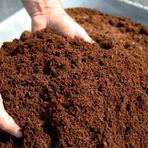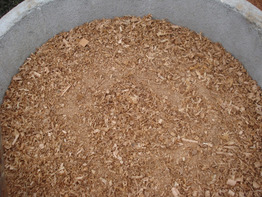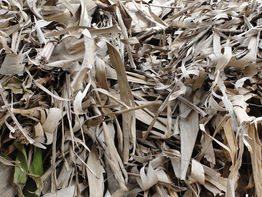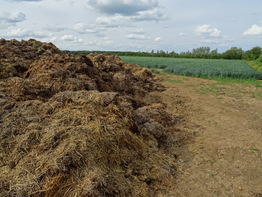Why Carbon Source is need to make Composting
Carbon Source is needed for Composting.
Carbon Source is main Key or first step to convert waste into Compost by using Technology, So carbon Source is heart of composting , when you are ready to convert your Organic waste into compost then you need to add some carbon Source in that, carbon source help to speed of composting , it help to calculate the C/N ratio of your compost mixture
What are exactly carbon Source:
as definition of carbon source we consider it as brawn material ,it may be dry leaves, straw, coco- Peat or saw dust etc.
Composting relies on the right ingredients to be successful. Brown materials such as leaves, straw, hay and sawdust are high in carbon and are a source of energy for the compost microbes.
Organic materials used for compost should include a mixture of brown organic material (dead leaves, twigs, manure) and green organic material (lawn clippings, fruit rinds, etc.). Brown materials supply carbon, while green materials supply nitrogen. The best ratio is 1 part green to 1 part brown material.
below are some carbon source you can add during composting.
Also Read: How to Convert waste into usable compost?
1. CoCo Peat-
Cocopeat is a natural particles made up of coconut husks, It is a 100% natural growing medium. This cocopeat dried in the sun and processed to produce different items namely cocopeat block, cocopeat briquettes, cocopeat powder etc, Cocopeat decomposes at a very slow rate. When aged correctly, peat holds sodium and potassium.
Coco coir fiber is a natural fiber extracted from the husk of coconut.
Coconut fiber adds air pockets into your medium.
It’s not very absorbent which is good because the growing media needs air pockets in order to provide oxygen to the roots.
Coco husk chips are the slicing of the husk of the coconut into uniform sizes.Whole coconut husk is cut into different sizes, graded, washed to remove salts and excess tannin and dried.Combination with Coir and chips are used in cut flower rose and Gerber production, to provide optimal drainage and aeration. Added to potting soil, replacing regular bark,Coconut Husk Chips also significantly reduce the incidence of Sudden Oak Death (SOD) disease.
2. saw dust:
Saw Dust is very high moisture observing material in composting.Sawdust (or wood shavings) is a by-product or waste product of woodworking operations such as sawing, milling, planing, and routing. It is composed of small chippings of wood. These operations can be performed by woodworking machinery, portable power tools or by use of hand tools. you can add in waste to avoid smell and decompose waste quickly. generally we prefer to add these type of saw dust in composting.
during rainy season you can add more sawdust ,These rely on air pulled with a suction force through piping systems from the point of dust formation to a waste disposal unit. LEV systems consist of four elements: dust hoods at the point of dust formation, ventilation ducts, an air cleaning device (waste separator or dust collector) and an air moving device (a fan, otherwise known as an impeller).The air, containing dust and chips from the woodworking operation, is sucked by an impeller. The impeller is usually built into, or placed close to, the waste disposal unit, or dust collector.
Guidelines of performance for woodworking LEV systems exist, and these tie into occupational air quality regulations that exist in many countries. The LEV guidelines often referred to are those set by the ACIAH.
3. dry leaves
Leaf composting is one of the smartest things you can do for your garden. dry leaves are most important things in composting, if you have idea about composting then you will get good quality compost with dry leaves, also dry leaves are dry waste but it will help for fast composting.
If you haven’t gotten into it yet, or don’t know where to start, this is for you. Get ready to know everything you’ll ever want to know about how to compost leaves so that your leaves decay quickly and turn into beautiful, rich compost.
Manure:
Throughout history, people who raise livestock and poultry have used manure as a fertilizer, soil amendment, energy source, and even construction material. Manure contains many useful, recyclable components, including nutrients, organic matter, solids, energy, and fiber.
apart from these carbon source you can use branches, stems, peels, bits of wood, shredded cardboard paper , corn stalks, coffee filters, coffee grounds, conifer needles, straw, peat moss, wood ash for composting, without carbon source it is very difficult to convert waste into fertilizer, so which carbon you are using for composting and and suggest any good carbon Source for composting in comment section. please share this post if liked to know or who are interested in gardening.






7 thoughts on “Carbon Source is need to make Composting | Compost Guide”
Comments are closed.